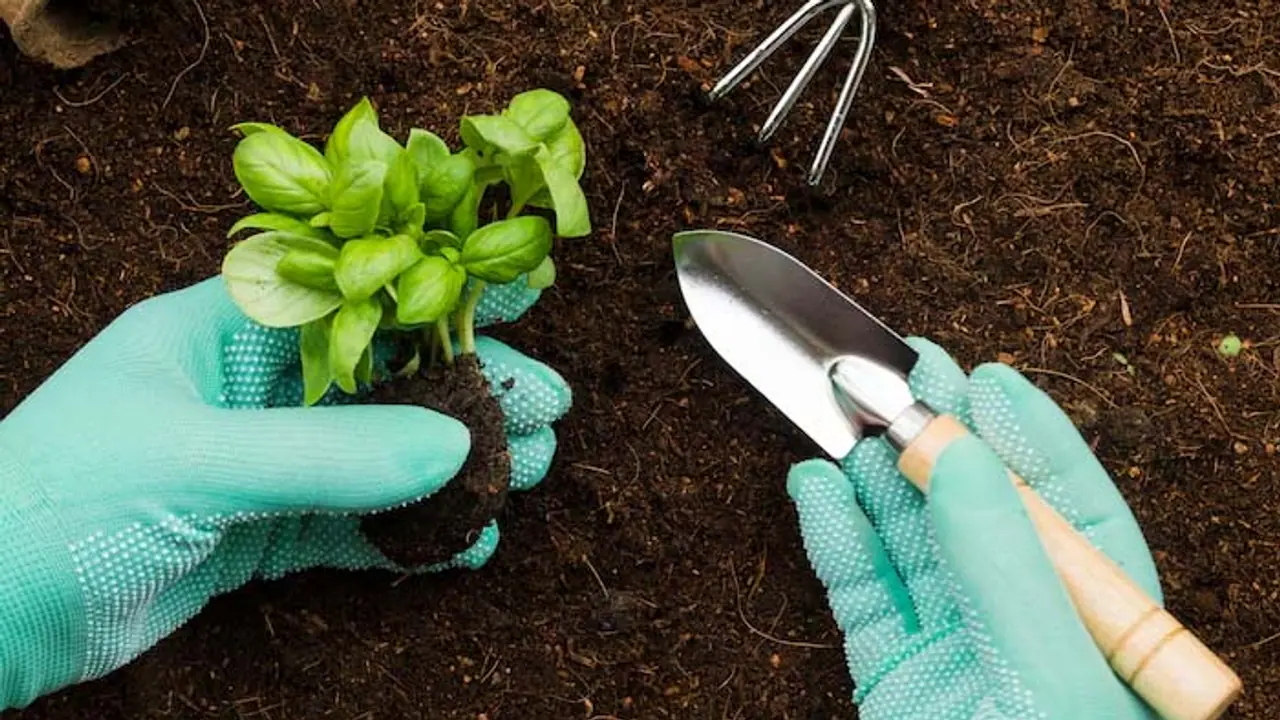Whether a pot of tulsi on your window sill or a basket of freshly grown home-grown tomatoes, the excitement of seeing something grow by your own efforts is simply unbeatable. Here are essential tips to follow for the best experience.
Home gardening is perhaps the most rewarding hobby—it's relaxing, eco-friendly, and even cheaper than buying groceries. No matter how big your backyard or small your balcony is, you can garden. If you're a beginner and have been thinking of where to start, this is your ideal guide.

Here are 10 easy steps to start home gardening:
1. Choose a Right Place
Choose a place getting at least 4–6 hours of sunlight in a day. Sunlight is different from the zone, but even the balcony, windowsill, or porch getting sunlight is good enough for beginners.
2. Decide What to Grow
Start with low-maintenance crops like herbs (basil, mint), leafy greens (spinach, lettuce), or flowers (marigolds, petunias). Choose based on your place, area, and preference.
3. Use Right Pots or Beds
If space is an issue, use pots, grow bags, or recycled containers with drainage holes. For garden purposes, install raised beds or mini garden beds.
4. Choose Quality Soil
Healthy plants begin with healthy soil. Use high quality potting mix or create your own by mixing compost, garden soil, and cocopeat. Avoid the use of plain soil, especially for potted plants.
5. Start with Seeds or Saplings
It may be simpler for new gardeners to begin with saplings bought in the nursery, but from seed is cheaper and gratifying. Read seed packets about sowing depth and spacing.
6. Water Judiciously
Overwatering is a common error. Water the soil, not the leaves, and only when the topsoil is dry. Water early morning or evening.
7. Discover Sunlight Requirements
All plants have different light requirements. Herbs and vegetables need more light, while ferns and some flowers need partial shade. Plant them accordingly.
8. Use Natural Fertilizers
Fertilize your plants with natural compost, cow dung, or vermicompost. Kitchen garbage can be composted to naturally enhance plant health.
9. Watch out for Pests
Inspect leaves on a frequent basis for pests or yellowing. Use natural pest management tactics like neem oil spray or companion planting to keep pests away.
10. Be Patient and Consistent
Gardening is a slow, persistent process. Plants grow fast for some, while others take weeks to develop. Be patient, inspect often, and enjoy the process.
Final Thoughts
Gardening is not just planting—it's a journey of recoupling with nature, de-stressing, and even growing your own vegetables. These simple steps will have you building a thriving home garden, plant by plant.


